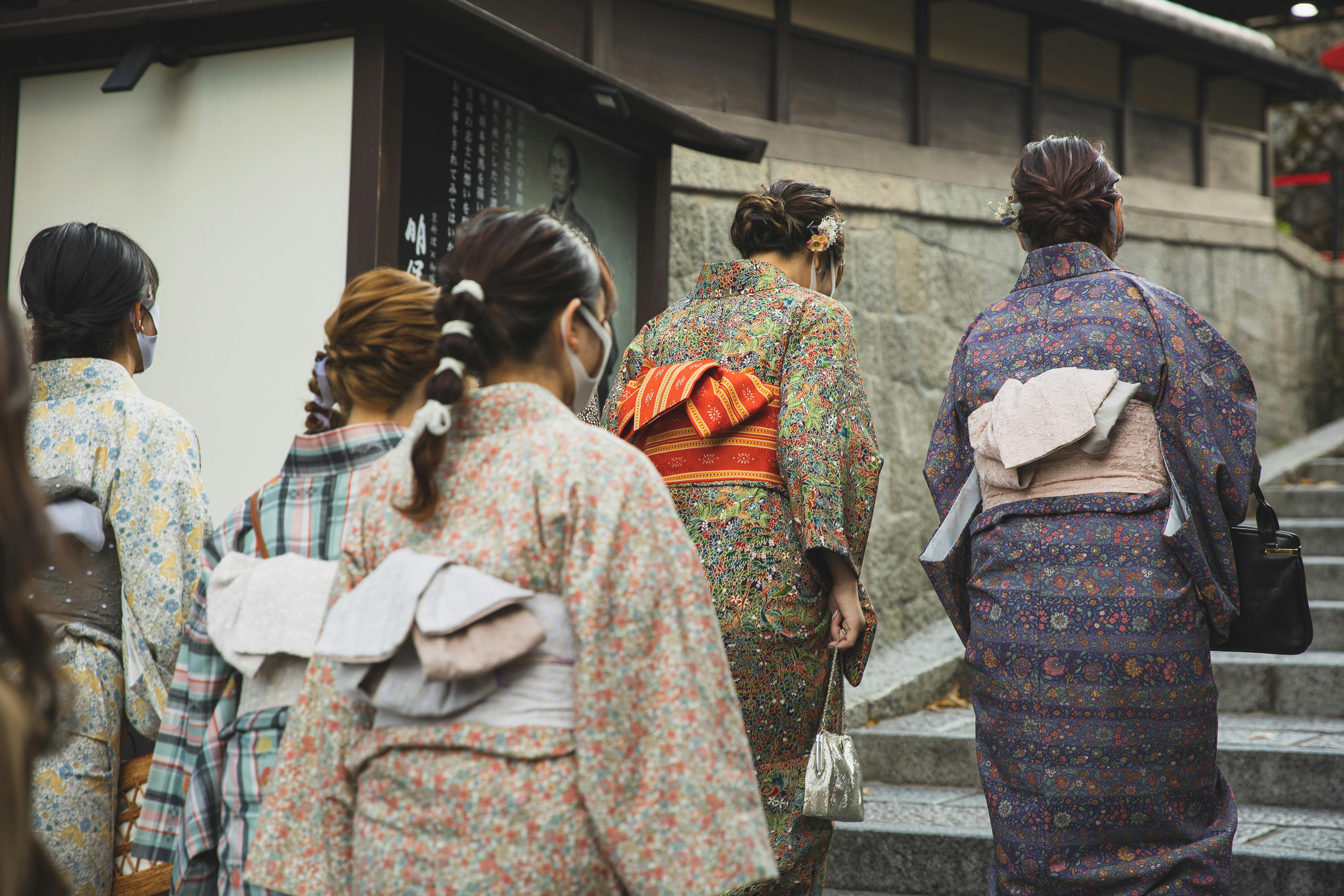
Reclaiming Our Roots: Empowering Indigenous Communities through Cultural Preservation and Revitalization
Reclaiming Our Roots: Empowering Indigenous Communities through Cultural Preservation and Revitalization
Introduction
For centuries, indigenous communities have been subjected to systemic oppression and cultural erasure, particularly through colonization and forced assimilation. As a result, many indigenous communities have lost their cultural heritage, knowledge, and practices. However, in recent years, there has been a growing movement to reclaim indigenous heritage and revitalize cultural practices as a way of empowering indigenous communities.
Cultural Preservation and Revitalization
Cultural preservation and revitalization involve efforts to maintain and promote indigenous culture, languages, and traditions that have been marginalized or lost due to colonialism. Indigenous cultures are diverse and unique, and cultural preservation and revitalization efforts aim to ensure that these cultures are not forgotten or erased.
There are various ways that indigenous communities are reclaiming their culture. For instance, some communities are documenting oral histories, creating archives, revitalizing traditional ceremonies, and recovering artifacts. Others are teaching their languages, revitalizing traditional food systems, and preserving traditional methods of healing. Through these efforts, indigenous communities are reconnecting with their traditional knowledge and practices, strengthening their cultural identity, and promoting intergenerational transmission of knowledge.
The Importance of Cultural Preservation and Revitalization
Cultural preservation and revitalization are essential for several reasons. Firstly, these efforts promote the resilience and well-being of indigenous communities. When indigenous people are disconnected from their cultural heritage, they may experience a sense of loss, disorientation, and trauma. By reclaiming their culture, indigenous people can reconnect with their roots, strengthen their cultural identity, and develop a sense of pride in their heritage. This can improve their mental and emotional health, which is particularly important given the disproportionate rates of mental health issues within indigenous communities.
Secondly, cultural preservation and revitalization help to maintain the diversity of the world's cultural heritage. Indigenous cultures are often threatened by Westernization, globalization, and modernization, which have resulted in the homogenization of cultures. By preserving indigenous cultures, we are celebrating their uniqueness and enriching the world's cultural diversity.
Finally, cultural preservation and revitalization contribute to promoting social justice for indigenous communities. For many indigenous communities, cultural erasure has been a tool of oppression and colonialism. By reclaiming their culture, indigenous communities are asserting their sovereignty, resisting cultural imperialism, and reclaiming their rights to their cultural heritage.
Conclusion
Cultural preservation and revitalization are crucial for empowering indigenous communities, promoting cultural diversity, and promoting social justice. Governments, NGOs, and academic institutions should work together with indigenous communities to support their efforts to reclaim their culture. It is essential that we recognize and respect the diversity and complexity of indigenous cultures and acknowledge the damage that has been done through colonialism. By supporting cultural preservation and revitalization efforts, we can help to promote a more equitable and just society.
